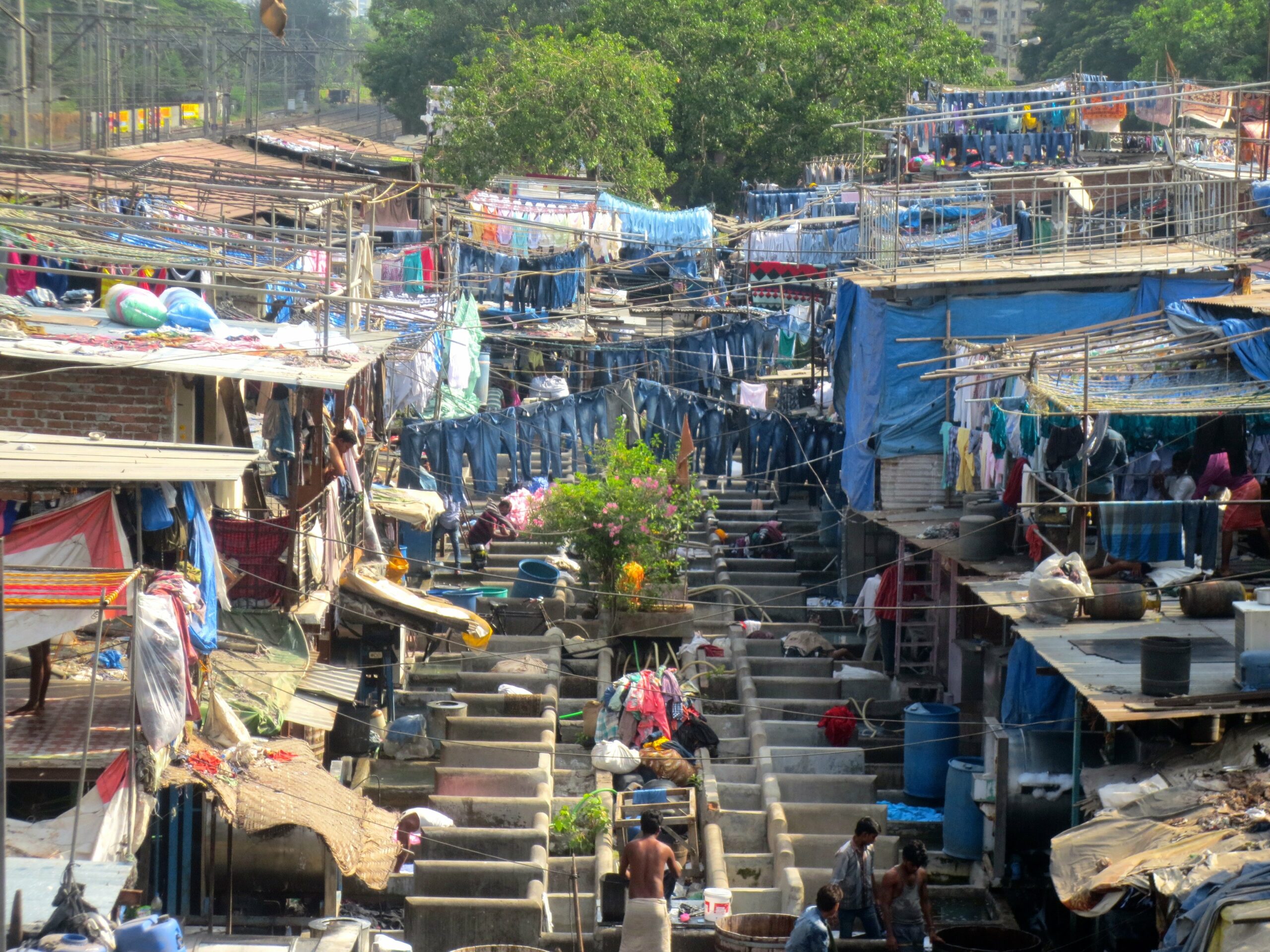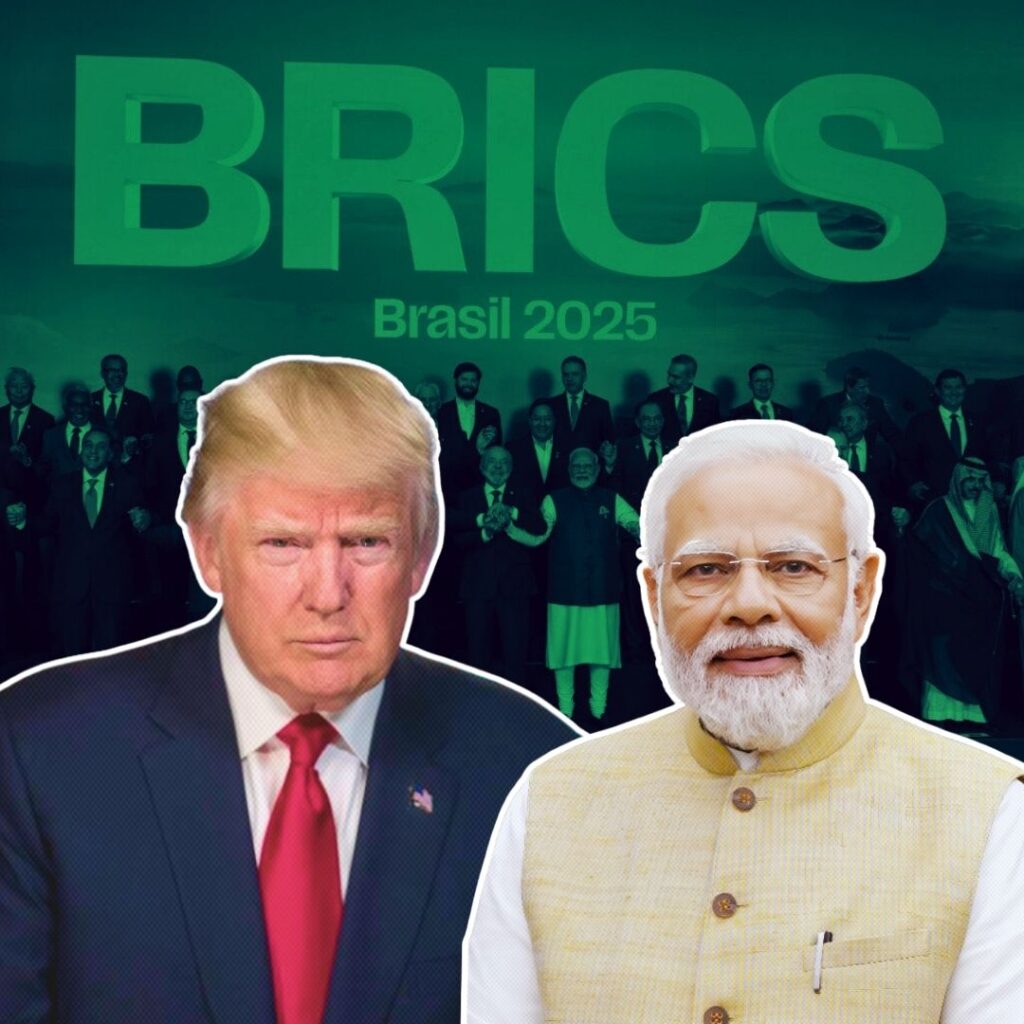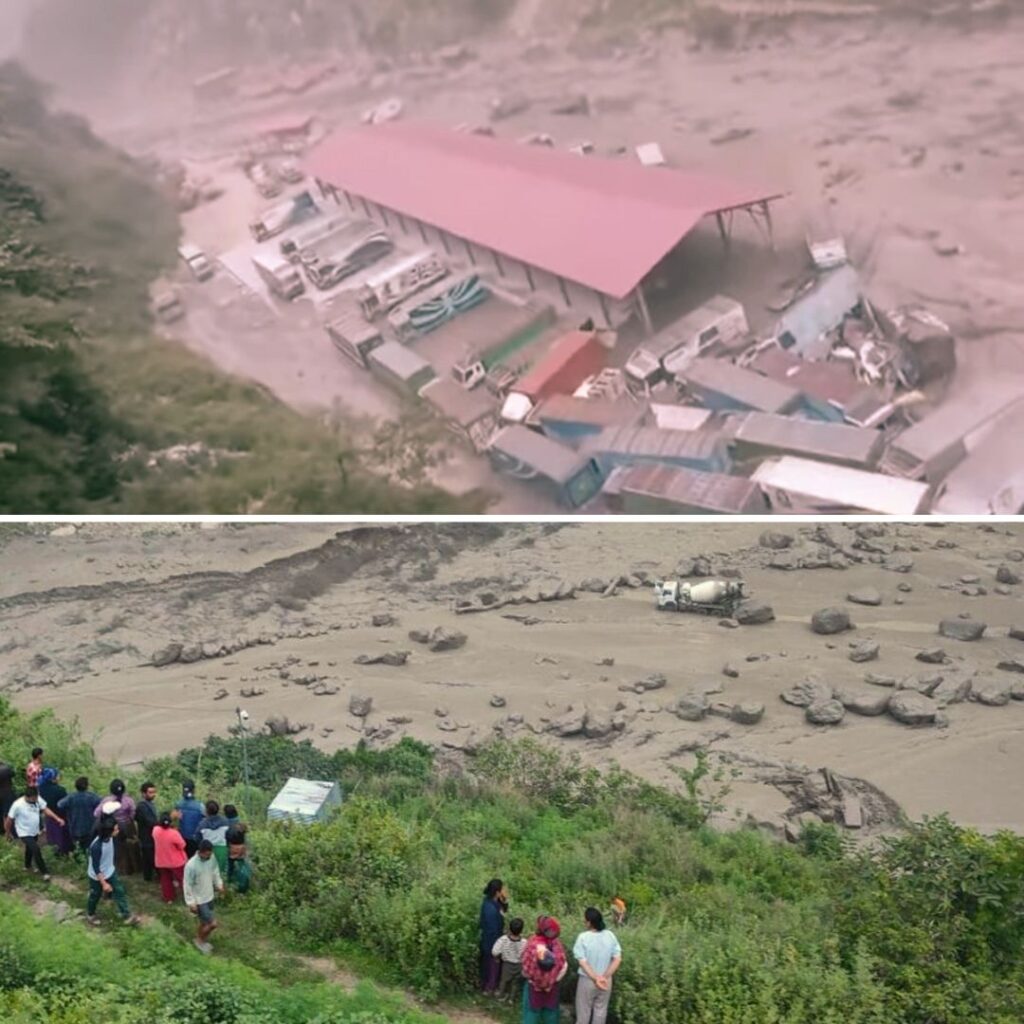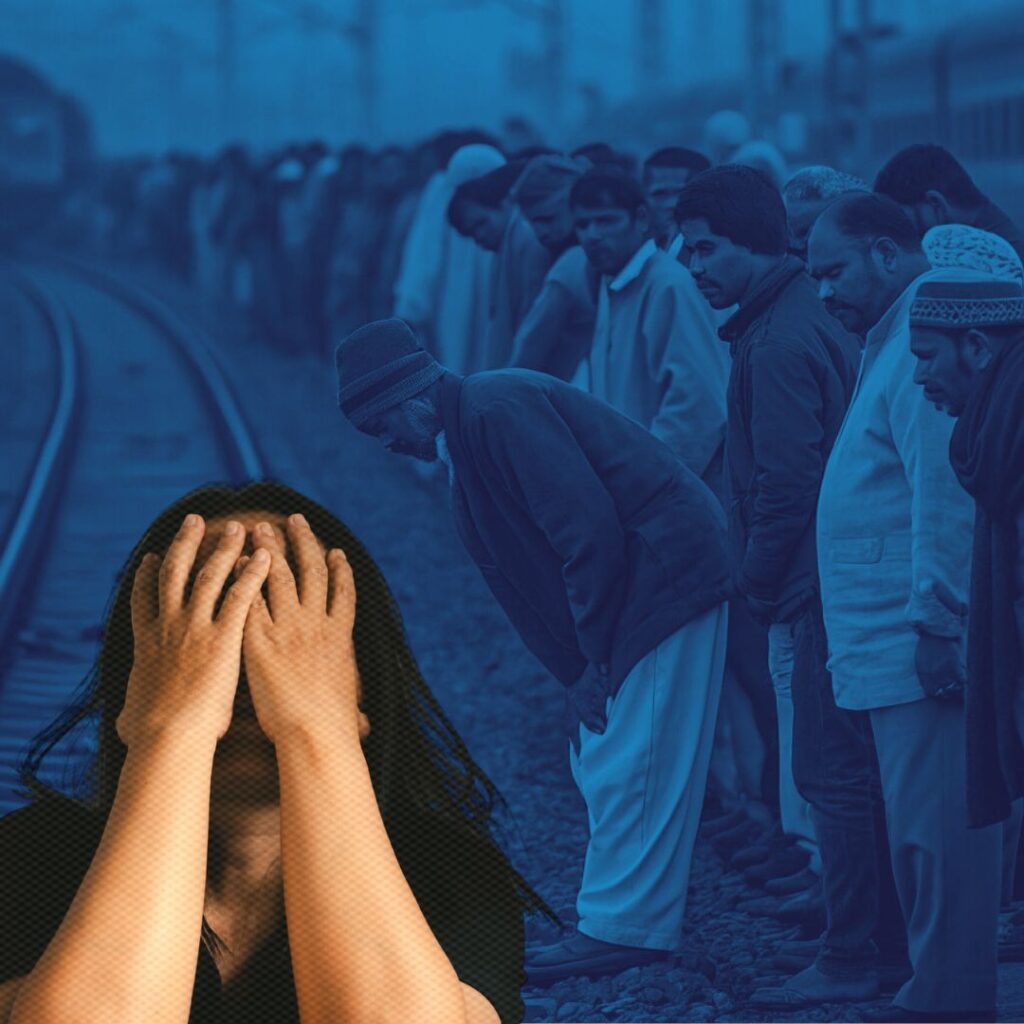Source: designmuseumdharavi | Image Courtesy: guim jaimefotheringham designmuseumdharavi
Remember Dharavi- the setting of Danny Boyle’s Academy Award winning ‘Slumdog Millionaire’? Also known for being the world’s largest slum, Dharavi lying on prime property in the middle of Mumbai housing over 60% of Mumbai’s population in a mere 6% of the city’s land is all set to inaugurate the world’s very first “slum museum”.
The initiative taken up by the Spanish artist, Jorge Mañes Rubio, is an effort to create an avenue of creative expression for the residents of Dharavi along with challenging the popular perception of slum-dwellers’ incompetence. The museum, also known as the Dharavi Design Museum will not have curators picking out the items for display.

Instead the locals get to decide what goes into their museum. This museum has been designed to be a mobile 13 by 6 foot caravan. Rubio says that the design of this museum was inspired by the thousands of nomadic craftsmen that reside in Dharavi. The museum opens in February and will keep moving to different streets every two weeks. One of the lesser known facts about the Dharavis is their exquisite pottery skills passed on from generations which will be part of the exhibits of the breakthrough museum.
Besides pottery, the exhibits will include leather, ceramics, film screenings and popular Indian street food as well. The museum will also host events by locals along with workshops on how to build kites which is very popular among the Dharavian kids. The museum is going to be managed completely by Dharavi after its debut month when the museum’s team will return to Netherlands.
The move towards creating a “slum museum” in Mumbai, the first of its kind, aims at bringing out the complex self-sustaining economical prowess of Dharavi. The word “slum” brings up images of a battered and bruised community struggling to make ends meet while sheltering the most notorious criminals of the city. This is exactly what Rubio and his team hope to change by showing the value and worth of the fantastic objects that come out of Dharavi’s many small-scale industries. “Dharavi has everything you could possibly imagine-shops,schools,temples-but there’s no place for people to express themselves in a creative way,” Rubio says. “It’s important that people realize what they’re doing is fantastic and worth being inside a museum.” Museums are not just tourist attractions but also serve to mark wealthy, powerful and superior communities in the west. We have seen the rise of modern contemporary museums in the last hundred years and the addition of the Dharavi “slum museum” is a great step forward for slum-dwellers all over the country. This brilliant venture also announces that the inhabitants of Dharavi have no shortage of potential and acknowledges their rights as equal to those of any other citizen of the country.

Dharavi has gradually grown from a mangrove swamp inhabited by the Koli fisherman to a city within a city with its own unique economy. A study by the Centre for Environmental Planning and Technology(CEPT,Ahmedabad) has discovered almost 5,000 industrial units producing a large variety of goods like garments, pottery, leather goods and services such as recycling and printing. It’s recycling industry, one of Dharavi’s prided possessions, processes a large amount of waste from Mumbai and is expanding very fast. Dharavi has an estimated 15,000 single-room factories in the slum that expands over a region of about 175 acres. Economic activity despite being decentralised and home-based has been able to keep the network-based Dharavis afloat. The Dharavi Design Museum could be instrumental in changing preconceived ideologies that fail to recognize slum dwellers as an important contributor to the economy of the country.
Rubio hopes to capture the immense potential and energy of the vibrant community of Dharavi abolishing the negative western stereotype of informal settlements. The Dharavi Design Museum may give us an insight into the realities of the slum dwelling while it would give the locals exposure to the outside. World’s first slum museum- Something new to remember Dharavi for!
Submitted By: Meghana Bhaskar











